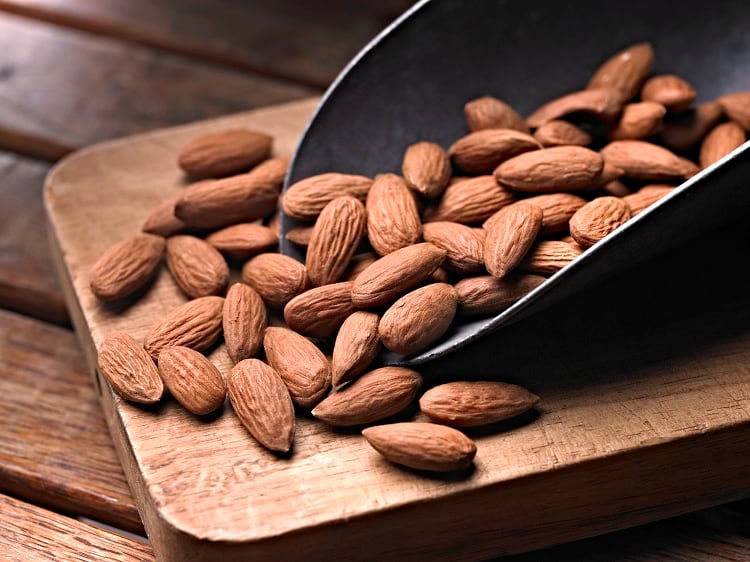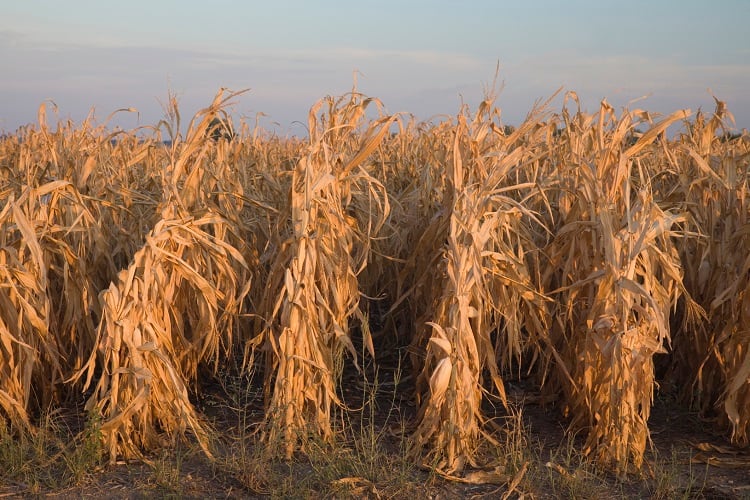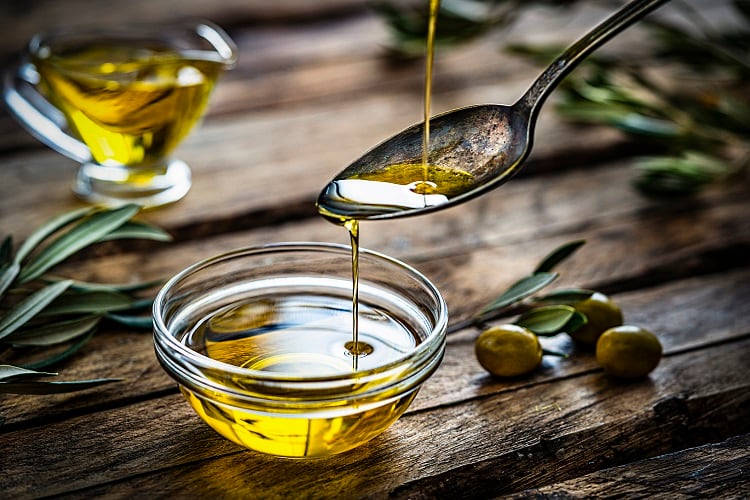Ingredient news across the food and beverage industry has been cause for concern in recent months, with shortages and rising commodity prices dominating the news agenda. But almonds are offering manufacturers and consumers a ray of hope, with consistently low prices and a strong supply.
And it’s not just food and beverage manufacturers who will be pleased with this news, it will also be welcomed by consumers across Europe who consider almonds to be one of their favourite nuts. In fact, according to figures from the Centre for the Promotion of Imports (CBI), almonds are the leading imported tree nut in the European market.
Furthermore, figures from market intelligence firm Mordor Intelligence show that almond milk is the most popular choice for non-dairy milk alternatives in Europe.
Why are almonds bucking the supply trend?
There are a couple of reasons as to why almonds are currently maintaining a strong supply to food and beverage manufacturers, and consumers. The first of these being that the supply of almonds from California, Europe’s largest supplier, is not experiencing any shortages.
According to figures from the Almond Board of California, the state of California supplies more than 90% of the imported almonds to Europe, making it by far the largest importer. Furthermore, this is around double the production of almonds in Europe, meaning that California is the overall largest supplier of almonds to Europe.
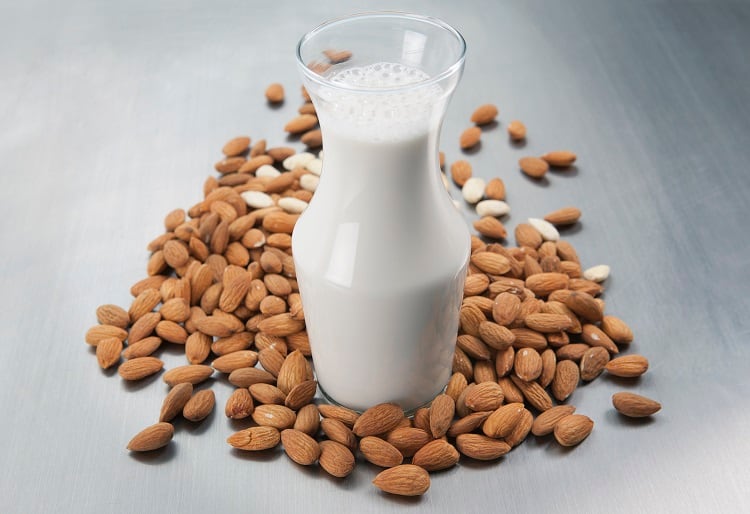
So why isn't the Californian almond sector suffering shortages like other food commodities? Well, the first reason for this relates to import and export restrictions during the COVID pandemic.
“During COVID, we had a huge crop, but unfortunately our port shut down in Oakland and to some degree Long Beach. So, supply got backed up,” Clarice Turner, president & chief executive officer at the Almond Board of California told FoodNavigator.
This backed-up supply meant California had a surplus of almonds ready to be exported as soon as the ports reopened.
That surplus has been further added to by the fact that the ‘Golden State’ has experienced the perfect growing conditions for almonds. Two winters of heavy rains have been followed by long dry summers, which are perfect for almond growing, and have produced strong yields.
“We have to have a combination of magical things go on here in California for the crop to be really, really good,” explains Turner. "We have to have a hiatus in the rain so that the bees can fly and pollinate the flowers."
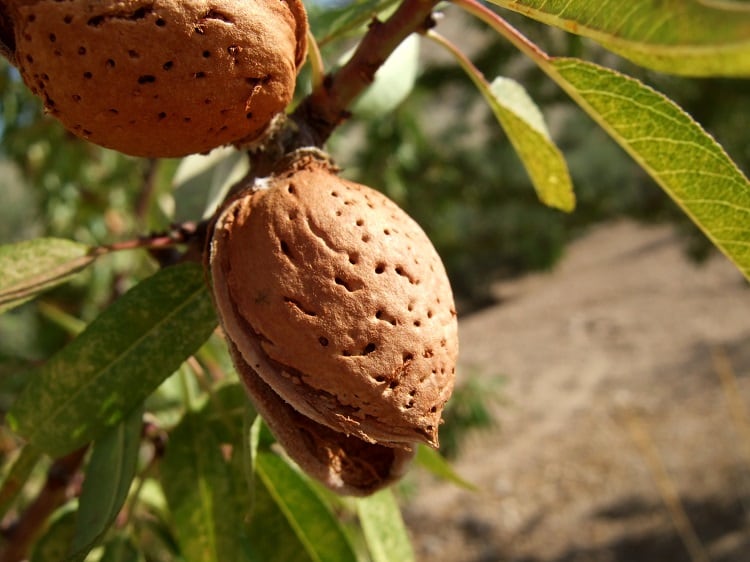
Why is the price of almonds low?
The supply of almonds, which has continued to meet and exceed demand, has resulted in the price remaining low in recent years.
“We actually are at an all-time low in terms of the cost of California almonds,” explains Turner. “That's the wholesale cost coming into Europe and everywhere else around the world, including domestically here in the US.”
Moreover, the price will likely remain low while supply continues to exceed demand.
Are almonds sustainable?
The answer to this question is, as with most things, complex. On the surface however, the answer is unfortunately, no.
Almonds are often considered to be less eco-friendly than other nuts because they require a lot of water to reach maturity. According to figures from nut producers NutCellars, it takes 4.6 litres of water to produce each almond. However, almond producers have been working to develop ways to mitigate this issue.
“Almond farmers have led the way in figuring out how to recharge with groundwater,” says Turner. “When we do have rain, which we've had a lot of in the last two years, they’re trying to figure out how to basically punch holes in the ground so that when we have abundant water, we can channel it into the orchards, and it literally seeps down through the ground into the aquifers underneath. We're getting better and better at that every year. And the state has started to put in financial support for farmers to be able to do that.”
Almond production has also been associated with disruption to ecosystems, biodiversity loss, and putting strain on bee populations. In particular, the pesticides used in the growing of almond trees can be harmful to bees.
“More pesticides are used on almonds than any other crop in the state of California,” says Jenna Lee of Bastyr University Seattle, Washington. “One of the most widely used pesticides is glyphosate (Roundup). Roundup is toxic to bees, which are essential for pollinating almond trees.”
Bees can also be harmed or killed during transportation to intense pollination practices.
Additionally, nuts imported into Europe from California are responsible for greater carbon emissions through transatlantic transportation. European-produced and consumed nuts do not have this issue.
However, it's important to note that, as a source of protein, nuts produce significantly less greenhouse gas emissions than foods such as meat, farmed fish and dairy products. Furthermore, the production of tree nuts, such as almonds, result in lower greenhouse gas emissions per 100 grams of protein, because the trees themselves absorb carbon from the atmosphere.
Almonds are also one of the very few commodities with which all parts are utilised.
"The nut that you eat is growing inside a shell, which is protected by a hull, which is growing on a tree. That tree is sequestering carbon. And at the end of its life, which is about 25 years, we grind it up and put it back into the soil, so it sequesters more carbon, so it's not wasted," explains the Almond Board of California's Turner. "The hull goes to animal bedding, and the shell is ground up for animal feed."
Why bees are so vital to the planet and food security
As well as being important, in their own right, bees are our greatest pollinators. According to the UK's Woodland Trust, around 70 crops depend on or benefit from bee pollination in the UK alone. While there are other methods of pollination, including by other animals and the wind, wild bees can pollinate on a much bigger and more efficient scale.
“Estimates suggest it would cost UK farmers an incredible £1.8bn (€2.1bn) a year to manually pollinate their crops,” said University of Lausanne research scientist Andrew Quinn. “Without bees, and thousands of other insect species, it would not be long before our ecosystem collapsed. Bees pollinate our wild trees and wildflowers, which then support other insects, which then support birds, bats, mammals and everything up the food chain, with food and shelter. Bees are also responsible for pollinating many of the crops used for animal feed, meaning that they help to support the production of meat, egg and dairy products.”


